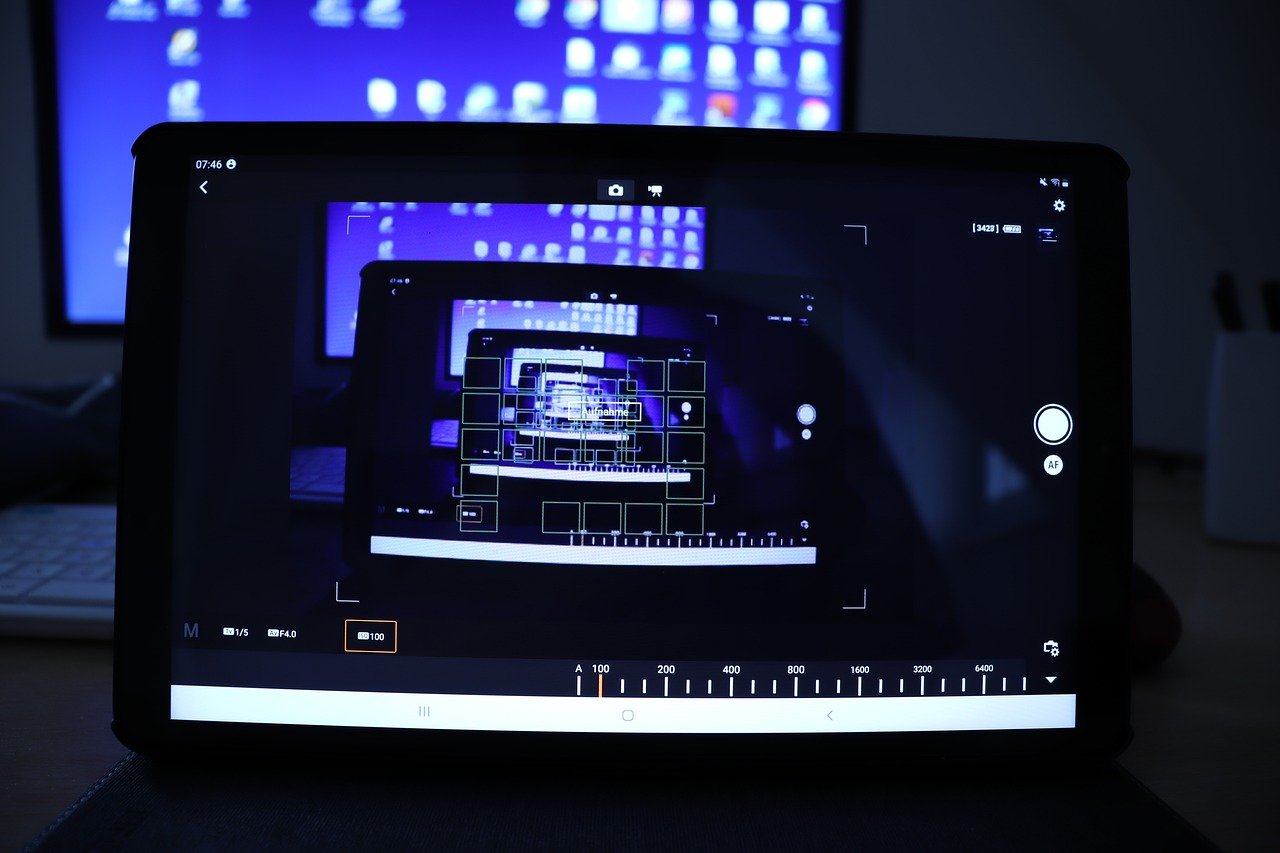What does RMM stand for?- RMM is the abbreviation of Remote Monitoring and Management. This refers to IT tools and software that MSPs use to locate, update, and monitor client endpoints.
MSP
MSPs strive to provide proactive and high-quality endpoint management to their clients. However, due to a lack of resources, they may be unable to do so. If you have limited resources and staff, monitoring your clients’ servers, PCs, laptops, smartphones, and other devices might be tough. Endpoint management becomes more effective and simple using RMM tools.
Remote Monitoring and Management
Remote Monitoring and Management is abbreviated as RMM. MSPs utilise this to locate, update, and monitor customer endpoints using IT tools and software. This streamlines IT chores by allowing a professional to learn more about a client’s device and networks without having to be physically present in the room.
Features of RMM Software
Remote Monitoring and Access with a Wide-Range of Compatibility
RMM Software allows IT professionals to monitor and access devices remotely, allowing them to quickly diagnose and resolve issues without having to physically visit the equipment. Furthermore, rather than having to work on an entire device system, it allows teams to work in the background as they fix faults. Most operating systems, devices, and applications are compatible with RMM software.
Patch Management
RMM, which stands for Remote Monitoring and Management, may also patch or update any application. It can also provide detailed reports for tracking purposes. Using this tool, you can quickly blacklist patches that include mistakes and test all updates before deploying them.
Active Device Monitoring
Clients typically have a variety of devices, including servers, PCs, laptops, and mobile phones. RMM software can keep track of all of them in a secure and effective manner.
Can be Integrated with PSA
Professional services automation, or PSA, can be used in conjunction with RMM software. When these systems are linked, rapid service delivery is possible, allowing MSPs to respond to client problems quickly. The usage of Remote Monitoring and PSA together can aid in the acquisition and storage of data for efficient root cause analysis. It also transforms the information into actionable items, which are then converted into quotes and add-on solutions.
Centralized Dashboard
RMM offers a dashboard that allows you to control the backup, antivirus, and other service-related elements of an endpoint device from a single location. This control center’s convenience lowers employee training expenses and speeds up service delivery.
The Benefits of RMM for MSPs
MSPs’ daily operations are aided by remote monitoring and management solutions. It aids in the completion of daily chores while also providing analytics and proactive monitoring. The advantages of RMM for managed service providers are detailed below.
Presents Data and Activity Insight
RMM software provides useful data on a client’s device or infrastructure. It keeps track of a network’s and device’s overall health and capability. When one of the agents notices an issue with a machine, a ticket is issued and the MSP technician is notified. These tickets are frequently classified by severity and problem type, which aids the MSP in prioritising which issues to address. MSPs can then detect and handle issues before they become major problems.
RMM is a powerful automation tool for small businesses that allows for the scheduling and automation of routine maintenance operations and, best of all, simultaneously monitors multiple client endpoints.
Improve End-User Satisfaction by Preventing System Glitch
The odds of a system failure are minimised thanks to RMM’s automation and ongoing monitoring, as your team receives information promptly and tackles any possible issues in their early stages. End-users suffer minimal inconvenience throughout the servicing process because it is just doing remote, in-the-background monitoring and repairs.
Meanwhile, proactive monitoring and issue resolution ensures that devices are working at their best and that network stability is improved. There are also fewer network outages, eliminating the requirement for physical site visits for maintenance. As a result, operating costs are decreased, and customer satisfaction and loyalty are strong.
Minimal Downtime, Maximum Efficiency
Employee productivity and corporate processes may be harmed by a network outage or slowness. This could have a significant impact on your company’s revenue. It’s difficult to put a cash figure on downtime per hour, but there’s no denying that every minute of downtime reduces your productivity and profits. You can quickly quantify the cost of downtime for your own firm with Remote Monitoring and Management software, and you can prevent network failures and slowdowns for both your company and your clients.
Last Thoughts
Time spent detecting and resolving issues, as well as travel to each customer’s location, takes up valuable work hours. RMM cuts down on the time it takes to find and fix IT problems. MSPs can now run more efficient business processes as a result of this. RMM allows you to remotely resolve endpoint issues and provide activity reports. Finally, the amount of time and energy you spend resolving customer issues is quantifiable, allowing you to estimate how much money you can save with RMM.










Leave a Reply